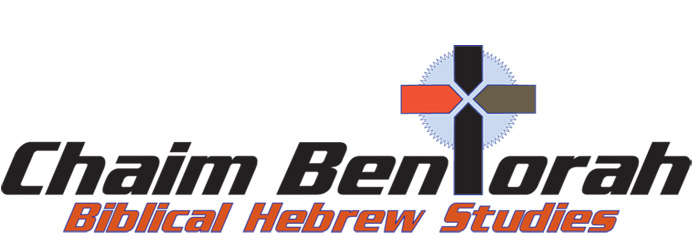WORD STUDY – LEPROSY
Leviticus 14:2-3: “This shall be the law of the leper in the day of his cleansing. He shall be brought unto the priest and the priest shall go forth out of the camp and the priest shall look and behold if the plague of leprosy be healed in the leper.”
Leprosy – tza’ra’at – leprosy, stinging hornets
Around the late 1940’s and early 1950’s a number of rabbis took a close look at the Hebrew word that we translate as leprosy (tza’ra’at) and decided that leprosy was not a good English word to use here. Leprosy as we know it today, just does not fit the Biblical description of leprosy. For one thing, modern leprosy does not turn the skin white and we find that lepers in the Bible were always “white as snow.” The Biblical leprosy (tsa’ra’at) not only afflicts the body, but one’s clothes, house and even non physical things such as one’s reputation. Also it is considered contagious, hence the use of tza’ra’at for hornet (something you want to avoid) its description often fits psoriasis and the words often associated with “tsa’ra’at” are “se’th” – tumor, “sapaohath” ulcer, and “behereth” blister. The rabbis decided the best translation for the word “tsa’ra’at” would be defilements. Christian Bible translators seemed to have missed that rabbinical decision in our modern translations. Yet, it is important to note that tza’ra’at can have a spiritual manifestation as well as a physical manifestation.
Jewish literature teaches that tza’ra’at or leprosy is God’s punishment for wicked speech, causing discord, announcing you have given a charitable donation when you haven’t, defamation of character, robbing the public or blasphemy. Rabbah 16:15. Such actions are like stinging of a hornet. The punishment, you see, is not the affliction so much as it is the excommunication from the fellowship. Tza’ra’at or defilement could result in physical manifestations as it did with Mariam and Elisha’s servant or it could be spiritual as with Baalam the prophet who was an outcast for his “wicked speech.” Another such “leper” or outcast was Zacchaeus who, as a tax collector, was thought to have robbed the public and was put out of the synagogue and Jewish community. He was, in fact, a “tsa’ra’at” or leper in the pure sense of the word. He was like a stinging hornet, not unlike April 15th.
Note what this passage says: “that in the day of his cleansing he will be brought before a priest who will behold if the plagues of leprosy be healed.” The word “behold” is “hinah” which means to discern with spiritual discernment. The word “plague” is “nega’” which is to touch with divine judgment. In other words the priest was to examine the poor slob to see if the divine judgment or excommunication from the tza’ra’at was “healed.” The Hebrew word for “healed” here is “tahar” which means cleansed. If through spiritual discernment the priest found the person was cleansed, either physically or spiritually or both, he was to be allowed back into the fellowship.
Here is an example of a great teaching on restoration in Leviticus that we could miss because we insist on putting a modern English word such as Leprosy to a Hebrew word, tza’ra’at that has a much broader meaning.







Recent Comments